The consistently interesting wine on show at New Frontiers, the Red Squirrel Wine autumn tasting, shows a consistent and interesting buying philosophy.
Red Squirrel Wine has set out its stall as a purveyor of interesting, quirky and craft wine that challenges the status quo. It’s an area in which a number of new, independent wine merchants are now operating – Le Caves des Pyrene, Swig, Indigo Wine to name a few.

What marked out Red Squirrel’s tasting of its autumn portfolio, dubbed New Frontiers, was how consistent the wines were in their approach. There was a real discernible style to the wineries and the wines on show, whether that be in the lesser known areas, grapes, methods of production or simply a willingness to make wines that are true of their type and ‘speak’ of where they’re from rather than the winery.
Although there were 46 wineries on show at the tasting, there were six that we felt encapsulated the philosophy behind the fledgling wine merchant and particularly worthy of mention.
Vinteloper, Adelaide Hills, South Australia
Started by David and Sharon Bowley in 2008, this micro-grower in the Adelaide Hills, South Australia is very much the template for new artisanal Australian wineries. Beautifully crafted small batch (primarily single varietal) wines, concentrating on tension, balance and acidity from David, with striking hand-painted labels from Sharon.

File this winery under: Big Find. These wines are truly stunning. There are eight wines on show – two Rieslings, three Pinot Noirs, a Touriga Nacional, Shiraz and lastly a Shiraz/Malbec blend.
Hard to single these out as they are all worth buying but I would go for the Odeon Riesling 2013 over the Watervale 2015 on account of the lifted aromatics, floral fruity palate, great acidity and balance. Both vintages of the Adelaide Hills Pinot Noir that I tasted were elegant and refined with a nice clean, clear style with gorgeous young fruit, wild strawberry on the palate, good structure and texture. The 2015 warrants the extra £2 a bottle on account of its greater profundity – bigger, deeper, with more length.
The Odeon Pinot Noir 2012 was from another planet and price point (double). There are only 600 bottles of this made a year and it is a special wine – the nose and balance were amazing. The closest wine I’ve drank this year to this is Kusuda’s sublime Pinot, although the Odeon is a tad fatter on the fruit.
The Shiraz – a single varietal and also a Merlot blend – were both of a leaner style and the Touriga Nacional was extremely good. It had an inviting, lifted nose you might expect from this grape with real depth, structure and a lovely length that had an attractive candied fruit edge on the finish. With a trade price of £13.35 this was very good value for money.
Champagne A. Levasseur, Marne, France
It is immediately obvious tasting David Levasseur’s five Champagnes that he is a nonconformist. This micro-grower in the heart of Montagne de Reims national park is growing Chardonnay in a valley better know for its Pinot Meunier and his Blanc de Terroir Extra Brut, 2011 shows it. It’s an extraordinary wine, a massive nose, mouth-filling mousse, big acidity, lemony sherbet on the palate and a good finish. Not sure I’d want more than one glass though.
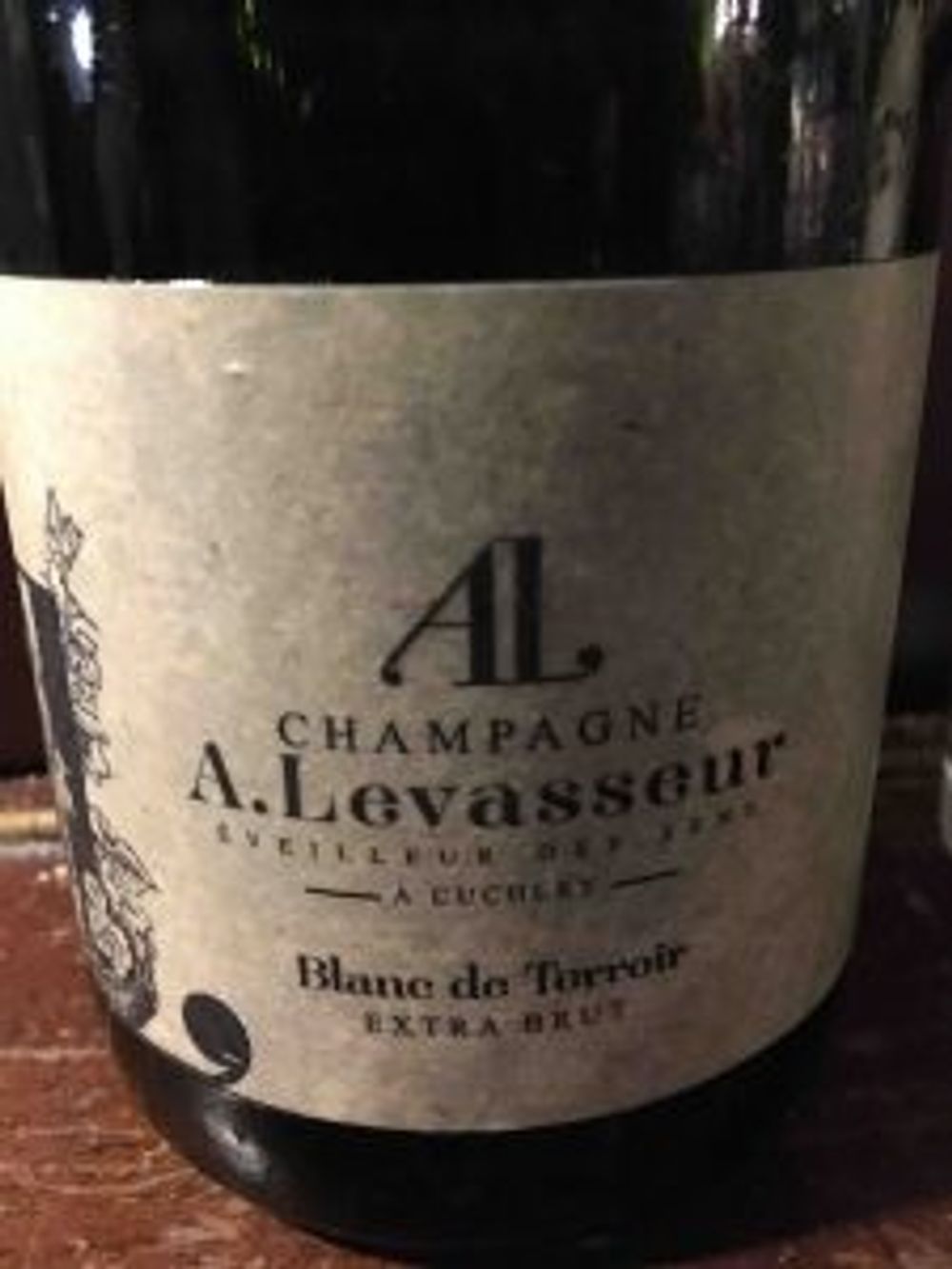
His Rue du Sorbier Brut Nature (80% Pinot Meunier, 15% Pinot Noir, 5% Chardonnay) is made along similar lines – four years on the lees, zero dosage and is also complex, weird and funky. I’m not sure it’s exactly my style but it’s interesting and demands to be tasted and ‘listened to’. Bit like an awkward teenager.
I preferred the £14 dearer 100% Pinot Noir called Noir de Terroir that felt more adjusted and toned down and the Extrait Gourmand Rosé Brut (50% Pinot Meunier, 30% Chardonnay, 20% Pinot Noir) that had terrific aromas and notes of strawberry.
De Kleine Wijn Koop, Western Cape, South Africa
Five young South Africans are collaborating on this venture that is a new addition to the Red Squirrel portfolio, including Edo Heyns who is editor of Winelands magazine.
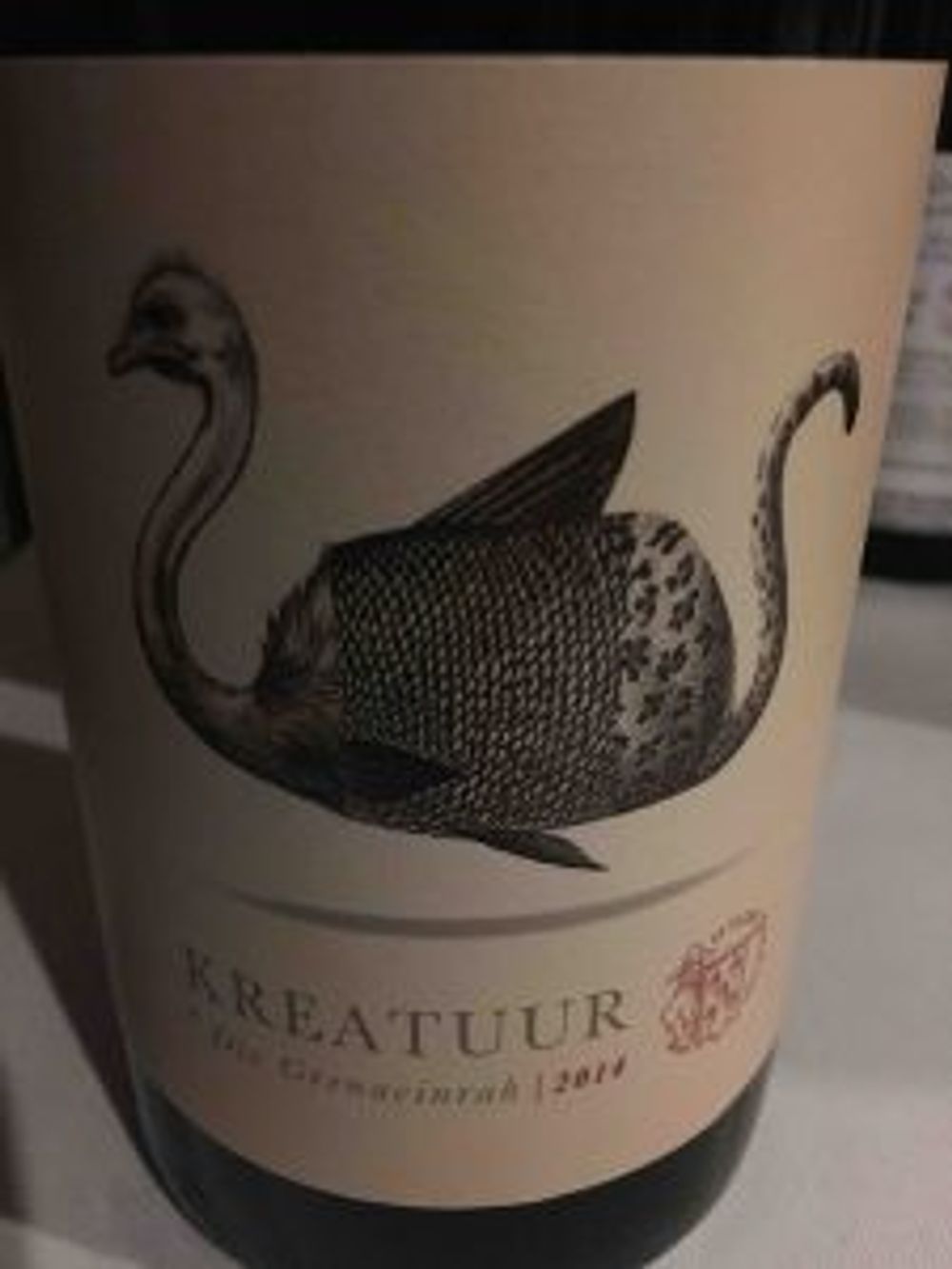
Guys! the venue was a bit bloody dark!
Only two wines on show here but both very good and punching above their weight on the price/ quality axis. Liefling is a light-bodied 12.5% ABV pure Syrah (£11.30) and Kreatuur No3 Die Grenacinrah (£10.50) that, as the name suggests, is a blend of Grenache (90%) Cinsault and Syrah. Really nice, easy drinking wine with good texture, strength, length and nose.
If the tasting characteristics of the varietals Yapincak, Calkarasi, Karasakiz and Papazkarasi don’t immediately spring to mind that’s understandable given that they are indigenous and rare varietals from the Turkish regions of Thrace and Anatolia. Without the likes of Pasaeli and its owner and ex-wine distributor Seyit Karagozoglu these varieties might be long gone.
All of the wines would need a hand-sell but the five that Karagozoglu had on show are all clearly well made wines, with interesting characteristics. Some may even be on the wine geeks map thanks to the likes of Jancis Robinson MW who has scored them highly in the past. Given that the trade price is between £8.35 and £9.95 there’s not a lot of risk here and plenty to talk about, taste and enjoy.
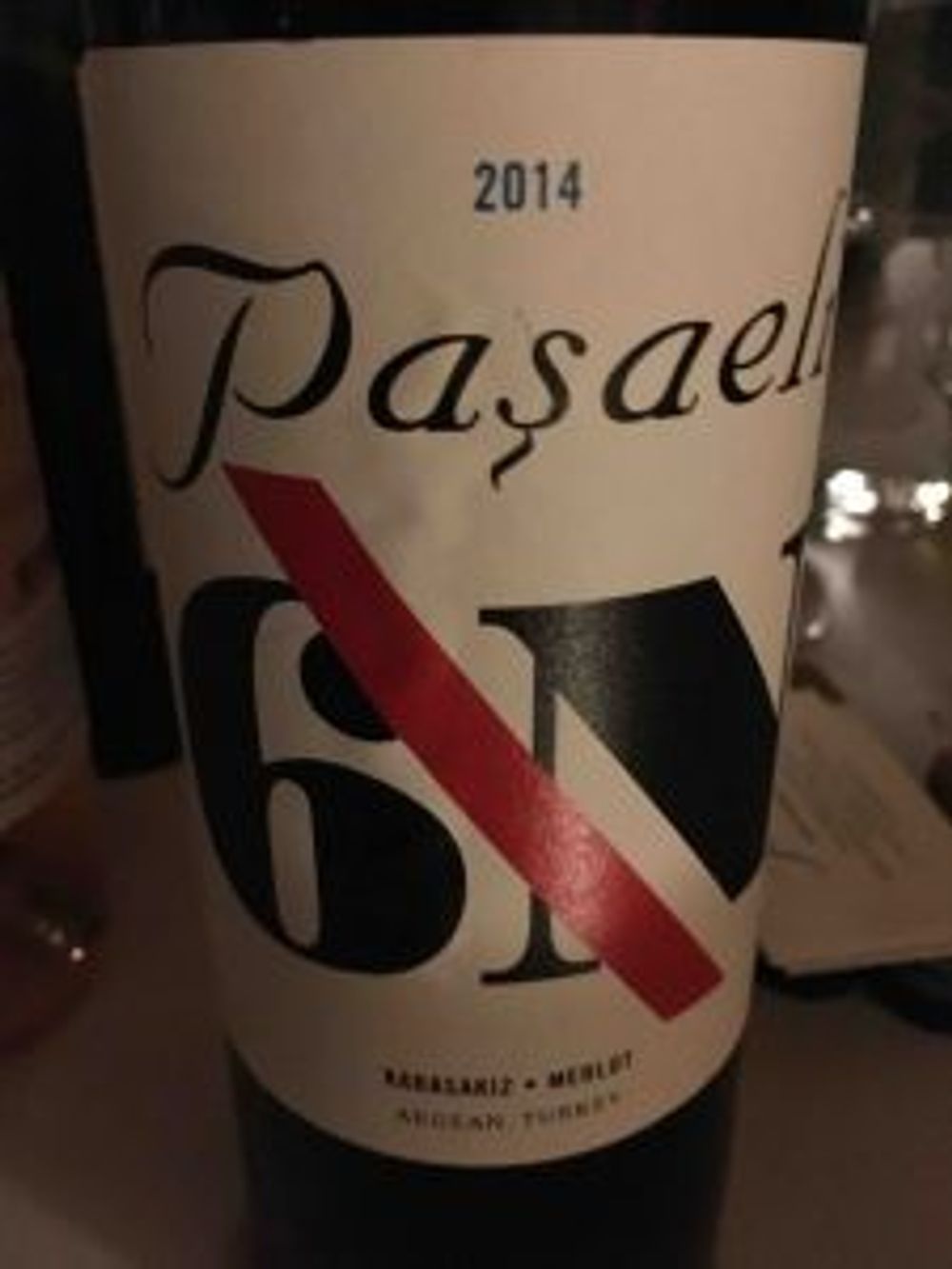
If I had to single out one it would be the later (2014) vintage of the Karasakizz/ Merlot blend (82% / 18%) which is a gorgeous wine – wild ferment and then six months in Austrian and French oak.
Bioweingut Eiwald, Wagram, Austria
When you see a Riesling that has an orange hue and its name is Zundstoff Maischegarung #2 (which roughly translated means ‘to have a heated discussion’) you know that the winemaker is challenging perceptions. The wine is fermented in old barrels, has very little sulphur used and is unfiltered. I can imagine many traditionalists having a ‘heated discussion’. £25.85 trade price? Interesting but limited appeal I’d say.
This Austrian winery from the Wagram region, that has been making organic wine for the past 36 years had two Rieslings on show and the other, Fuchsentanz, which was two and a half times cheaper was a better buy albeit less interesting. It had a complex sweet and sour palate and a great dry finish.
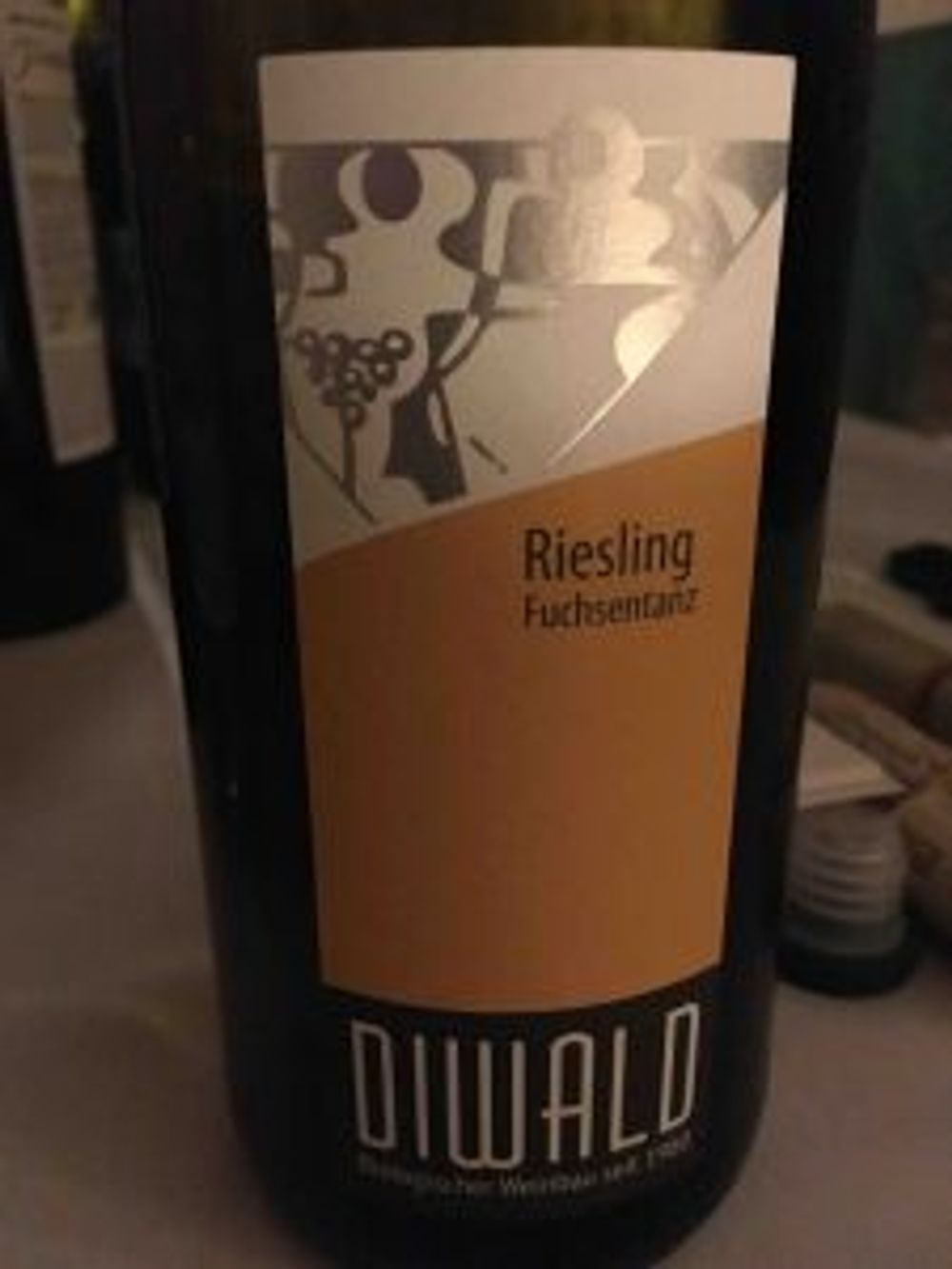
There were three Gruner Veltliners on offer, four if you count the sparkling/ Sekt wine that had been on the lees for two years and bottle fermented. Surely the trade will wake up to Austrian and German Sekt one of these days?
The Gruners varied from village level up to the one I’d recommend which was the Alte Weingarten which is Diwald’s single vineyard wine and had a complexity and interest without being too left field.
The Zweigelt, Grossriedenthaler Loss, may have been a village red but had a delicious savoury nose and great freshness and was just £8.85.
It was hard to single out just one Italian producer as I thought Red Squirrel’s total Italian offering was really interesting. Two wineries from Liguria, Bruna and Altavia had lots of fascinating wines, Altavia’s Touriga Nacional 2007 called Thend was spectacular, and will in fact be their last vintage on account of the winery legally having to dig out this ‘foreign’ vine. From Monta d’Alba in Piemonte, Pelassa’s Mario’s Rosso (a Barbera, Cabernet Sauvignon and Merlot blend) was a really approachable wine with an infections Gamay-like bubblegum nose.
So, if I had to pick one producer? It would have to be Ca’ di Rajo, from Veneto who have been making Prosecco since 1931. They grow all their own grapes, some rare, and make it traditionally, which can mean cloudy.
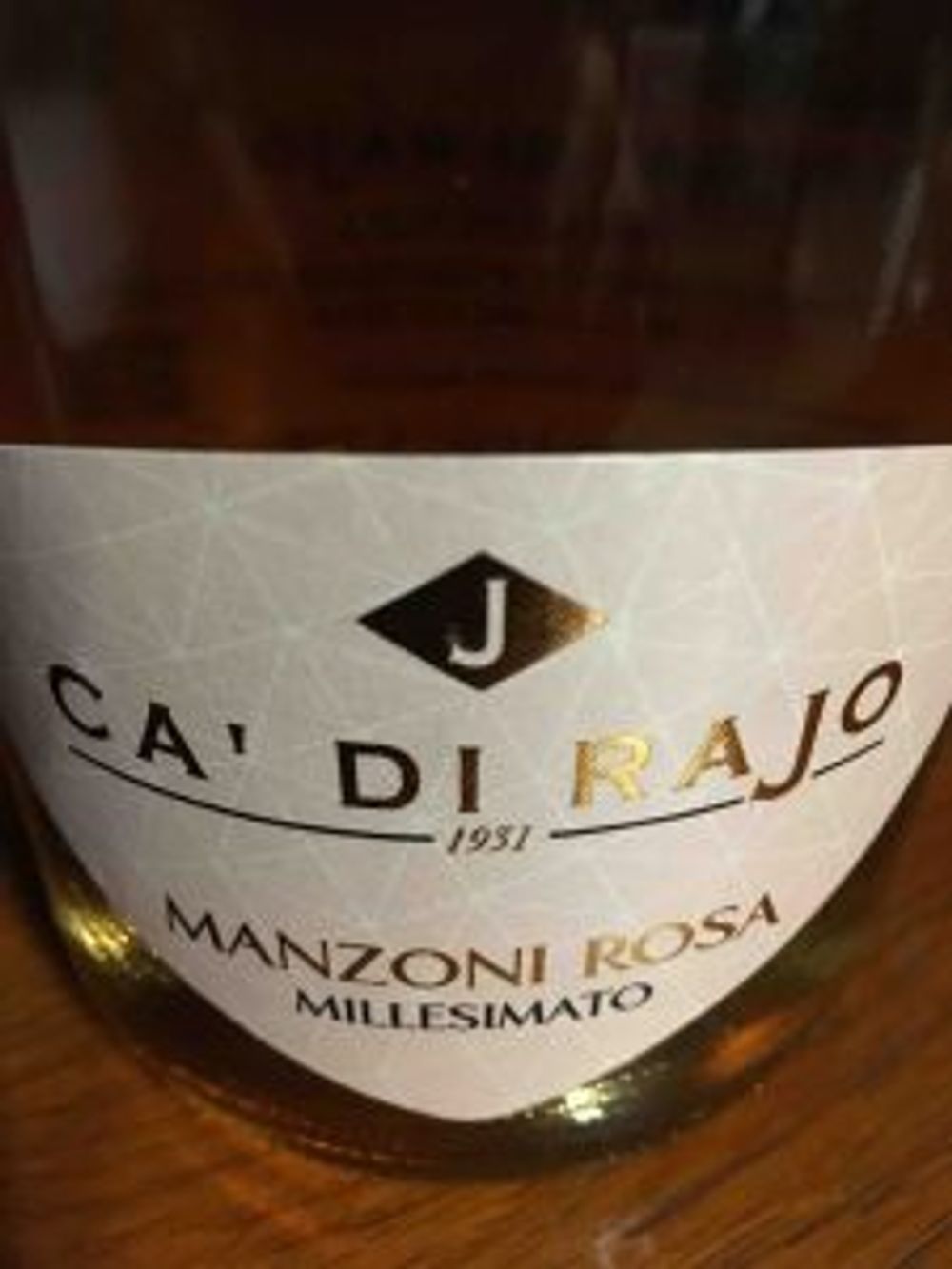
Lemoss is an old school Prosecco with no added sulphur, which had an enormous almost aggressive mousse, delicious vanilla notes that reminded me of American Cream Soda and a hard spine of citrus. Very vibrant and cloudy! Tappo Spago Prosecco was sweeter on the palate, had bags of flavour, good balance and a nice dry finish. Prosecco Treviso DOC Extra Dry had the dryness ‘turned up to 11’.
Perhaps most interesting of all was the Manzoni Rosa which is a Spumante Rosato made from the rare grape of the same name. This was very dark in colour, had a really funky nose and then approached the palate like a stealth bomber, really gentle and then exploded with fruit nut and spice like someone setting off a Panetone bomb in your mouth.
If you are after adding an interesting and different Prosecco to your list then this winery is a great bet, although a bit of explanation might be in order prior to pouring out the cloudy liquid!

That’s Not All Folks!
And, last but not least, let’s not forget the wines from Pfalz in Germany, from the Emil Bauer & Sohne winery. These weren’t the best wines on show in my mind but you couldn’t deny that the names and the labels are memorable and ‘in your face’. With names like Asshole Sauvignon Blanc, Bullshit Grauburgunder, Sex, Drugs, Rock & Roll Riesling and My Merlot is Not the Answer, who says the Germans don’t have a sense of humour?










































